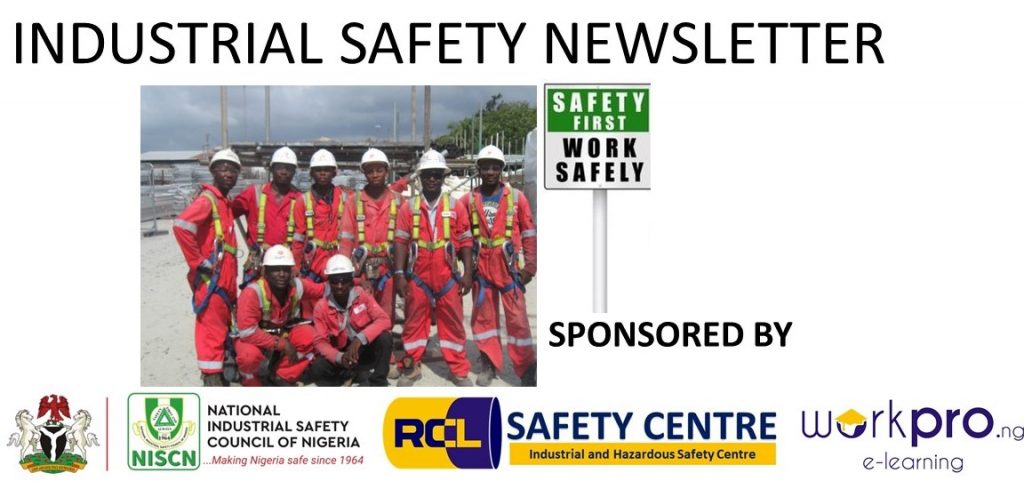
Keeping your drivers safe on the road isn’t just essential for their health and well-being. Their safety directly impacts other motorists on the road, as well as your bottom line. Transportation and logistics fleets have some of the highest numbers of injuries and fatalities on the job and those numbers seem to only grow year over year. By improving the safety of your drivers, you not only ensure their protection, but you can also reduce costs associated with accidents, claim payouts, and rises in insurance premiums. The good news is that you can improve your truck drivers’ safety by creating a work culture that actively coaches, trains, and rewards the safest drivers. Read on for our best truck driving tips and advice on how to improve the overall safety of your fleet.
Encourage your truckers to practice defensive driving:
Defensive driving is a form of driving that encourages truckers to consistently be on the lookout for potential hazards and changes in driving or road conditions. Drivers are encouraged to reduce the risk of accidents and injuries by anticipating potentially dangerous situations and making safe, well-informed decisions while behind the wheel. By using defensive driving techniques, drivers are less likely to be involved in accidents—so you can worry less about costly repairs, claim payouts, and insurance premiums increases.
Here are a few key defensive driving strategies and practices to encourage your drivers to use:
- Watch out for blind spots: For drivers who operate tractor trailers or refers, being in such a large truck that’s so high off the ground can make it difficult to see cars behind or even next to their vehicle. A blind spot is any area around a vehicle that cannot be directly seen by a driver. According to the National Most of these accidents occur when drivers are changing lanes. Since rear-view and side mirrors aren’t always effective when checking for blind spots, make sure you’re encouraging drivers to look over their shoulders and out the windows when changing lanes. Also, encourage them to leave plenty of room around their vehicles when merging.
- Practice the three-second rule: When it comes to avoiding forward and rear collisions, a best practice is for drivers to follow the three-second rule. This rule states that truck drivers should allow three full seconds to pass between the time the car in front of them reaches a particular spot on the road and the time it takes the truck driver to reach that same point. If heavy rain or winds are present, drivers should increase the follow time to five seconds. If the roads are icy, drivers should increase the follow time to 10 seconds.
- Be prepared for emergencies: When driving, especially over long distances, conditions can rapidly change. Encourage your drivers to be prepared for a variety of potential emergency situations—like bad driving conditions or breakdowns. Drivers who stock their cabs with water, snacks, a first aid kit, a change of clothes, and blankets can comfortably and safely weather unexpected conditions that may require them to pull off the road or wait long periods for vehicle repairs.
- Stay calm, cool, and collected: Road rage is a serious threat to safe driving. When truckers are cut off, honked at, or otherwise harassed by other drivers, it can be tempting to indulge in road rage behaviours, like tailgating or weaving between lanes. Drivers who allow their anger to control their driving put themselves and others at risk for accidents. Encourage your drivers to de-escalate road rage situations by increasing the distance between themselves and angry drivers.
- Always signal: For drivers who operate on longer stretches of roads or during non-peak traffic times, it can be tempting to complete lane changes and exit highways without signaling. But failing to signal can increase the likelihood of collisions. Remind drivers that signaling before changing lanes or turning is required by law, and they should still signal even if they don’t see any other vehicles nearby.
- When in doubt, slow down: Train your drivers to always default to slowing down in response to changes on the road, including bad weather or poor visibility. Slowing down offers drivers extra time to take corrective action or respond to sudden changes, like an animal running onto the highway or slippery roads when it starts to rain. Slowing down can prevent accidents altogether or, at the very least, decrease the impact and severity if an accident does occur.
Our company (RCL Safety Centre) is an indigenous company dedicated to Health, Safety and Environment Training and Services.
We are technical partners of the National Industrial Safety Council of Nigeria (NISCN) as well as approved training partners of most major International Occupational Safety and Health organizations like NEBOSH, and corporate members of ISPON (Institute of Safety Professionals of Nigeria) with thousands of personnel trained in various areas till date.
For more enquiries visit our website @www.safetycentre.ng or Email: mma@safetycentre.ng
Call us on: 08099700070 / 08140800035
